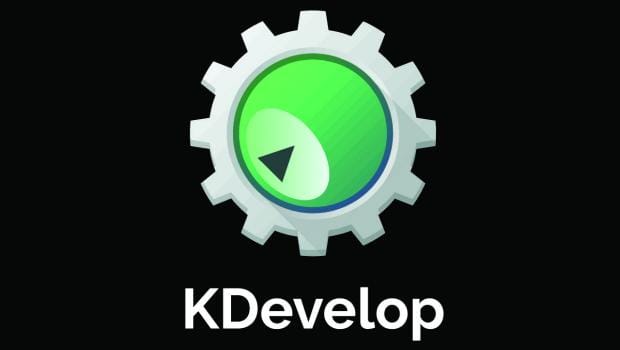How To Install KDevelop on Manjaro

In this tutorial, we will show you how to install KDevelop on Manjaro. KDevelop is a free and open-source integrated development environment (IDE) that supports various programming languages, including C, C++, Python, PHP, Java, Fortran, Ruby, Ada, Pascal, SQL, and Bash scripting. With its seamless integration with any development environment and its impressive array of features like built-in support for QMake and CMake build systems, integrated debugger, and source control, KDevelop stands out as a robust IDE.
This article assumes you have at least basic knowledge of Linux, know how to use the shell, and most importantly, you host your site on your own VPS. The installation is quite simple and assumes you are running in the root account, if not you may need to add ‘sudo‘ to the commands to get root privileges. I will show you the step-by-step installation of the KDevelop on a Manjaro Linux.
Prerequisites
- A server or desktop running one of the following operating systems: Manjaro, and other Arch Linux-based distributions.
- It’s recommended that you use a fresh OS install to prevent any potential issues.
- SSH access to the server (or just open Terminal if you’re on a desktop).
- Ensure that your Manjaro system is connected to the internet. This is crucial as it allows you to download the required packages and the KDevelop installation.
- A user account with sudo privileges. This is necessary to execute administrative commands.
Install KDevelop on Manjaro
Step 1. Before installing any new software, it’s crucial to update your system packages. This ensures that you have the latest security patches, bug fixes, and software updates. Open your terminal and enter the following command:
sudo pacman -Syu sudo pacman -S base-devel
Step 2. Installing Snap Package Manager.
Snap is a universal package manager that allows you to install applications in a sandboxed environment, separate from the rest of the system. It was developed by Canonical, the company behind Ubuntu. To install Snap on Manjaro Linux, use the following commands:
sudo pacman -S snapd sudo systemctl enable --now snapd.socket
Step 3. Installing KDevelop on Manjaro.
Now that Snap is installed, you can use it to install KDevelop. Enter the following command in your terminal:
sudo snap install kdevelop --classic
The ‘--classic‘ option is used to give the Snap permissions to access system resources, which is necessary for KDevelop to function properly.
After the installation is complete, it’s important to verify that KDevelop was installed successfully. You can do this by checking the installed version of KDevelop. Enter the following command in your terminal:
kdevelop --version
If KDevelop is installed correctly, this command will display the installed version of KDevelop.
Upon successful installation, you can start exploring KDevelop. Its user-friendly interface and powerful features make it a preferred IDE for many developers. The main window consists of several parts, including the editor window in the center, the project explorer on the left, and the problem reporter at the bottom.
Congratulations! You have successfully installed KDevelop. Thanks for using this tutorial to install the latest version of the KDevelop on the Manjaro system. For additional help or useful information, we recommend you check the official KDevelop website.